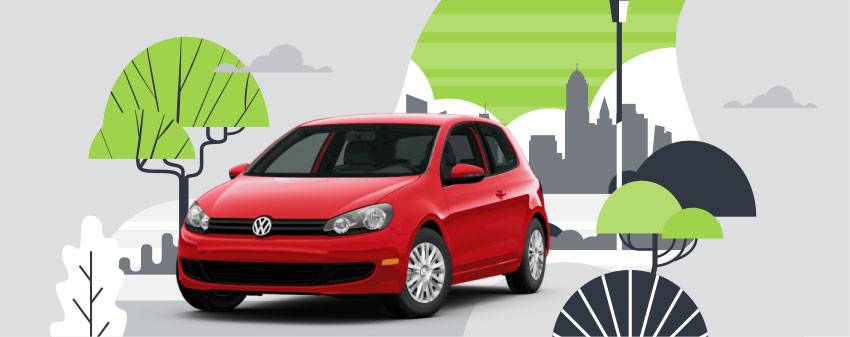What are the current weight restrictions on inspections?
We’re often asked if we can provide inspections for larger vehicles, motorhomes, and goods vehicles.
The answer depends on the weight of the vehicle in question – and there are some limitations around what we can inspect on motorhomes and other large vehicles. Here, we’ll explore weight limits in a little more detail, and explain exactly what we can inspect.
What’s the heaviest car we can inspect?
The good news is, with a weight limit of 3.5 tonnes, we can inspect any standard car on the road today. In fact, the heaviest car currently sold in the UK is the Bentley Mulsanne, tipping the scales at 2685kg (5919lbs) – so there’s a long way to go before we start having to say no!
Generally, we only run into weight problems when it comes to inspecting commercial vehicles and motorhomes – but you can check your weight fairly quickly by looking at your vehicle handbook or chassis plate. The numbers you’ll see listed will vary slightly depending on the make of your vehicle but should be called either Gross Vehicle Weight (GVW), Maximum
Authorised Mass (MAM), Gross Weight, or sometimes, Maximum Technically Permissible Laden Mass (MTPLM). As long as the figure indicated shows less than 3.5 tonnes (or 3500kg), then we’ll be able to provide an inspection report.
It’s worth remembering that if we do provide an inspection for a motorhome, we won’t be able to inspect or comment on the habitation area and any systems or appliances contained within.
What will your inspection include?
As long as your vehicle weighs 3.5 tonnes or less, your inspection will cover a huge range of mechanical, electrical, and cosmetic components. In fact, a Premium inspection will cover up to 226 points, and a Premium Plus inspection will cover up to 318.
That might sound like a lot of information – but to make sure it’s quick to read and understand, our report is broken down into 26 different sections, covering everything from the engine and the exhaust – right through to a history and finance check.
Each part of the car that’s inspected will be given a colour code – either green for ‘OK’, amber for ‘Warning’, or red for ‘Danger’. For example, a windscreen that is totally free of chips or cracks would be considered ‘OK’ and marked as green.
However, if the glass has a chip that does not obscure the driver’s vision – it’s likely to be marked as an amber ‘Warning’ – to make you aware of a problem. Then again, if the windscreen is chipped or cracked in a way that obscures the driver’s vision – then it would be marked a red ‘Danger’. In instances where there is an amber or red mark, you’ll also be provided with a photograph that shows the condition of the part in question in more detail.
Detailed road test
Another reason we cannot offer inspections for vehicles over 3500kg is down to the licence type needed to drive such a vehicle. Since 1997, drivers who have passed a standard test can only drive vehicles that weigh less than this 3.5 tonnes – and as such, we can only guarantee that our inspectors will hold this level of licence.
Again, as long as the vehicle meets the weight requirements, your inspection will also include a lengthy road test – either 10 miles on a Premium inspection or 20 miles on a Premium Plus. This gives our inspectors time to check for problems that might not be immediately apparent when the car is cold or stationary – and it give you the peace of mind that your car’s been thoroughly examined before you part with your money.





